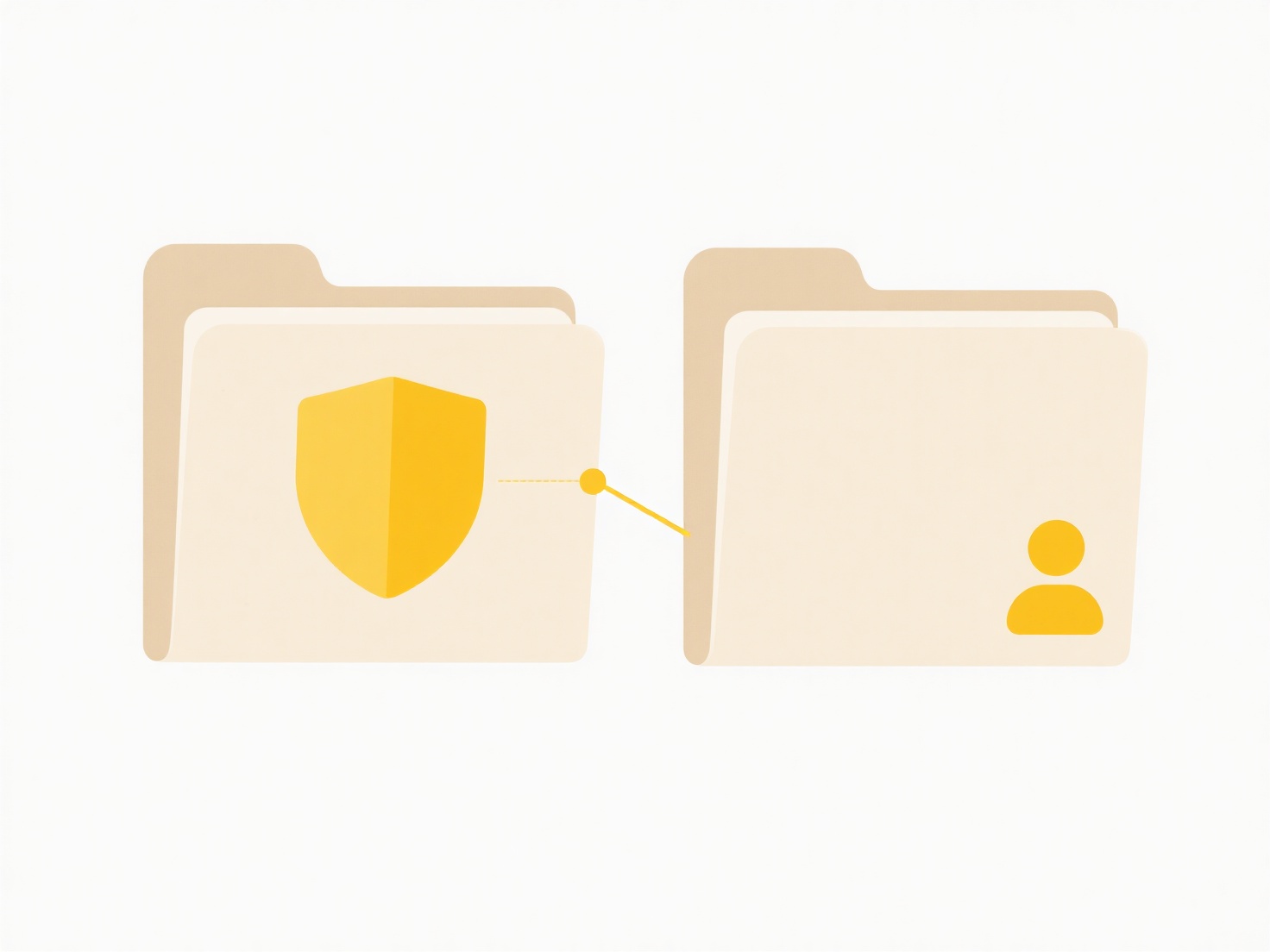
Pixel-by-pixel comparison checks if two digital images are identical by examining every corresponding pixel. It requires the images to have exactly the same resolution (width and height in pixels). The process compares the color data (like RGB values) of every single pixel in the first image directly to the pixel in the same position in the second image. It differs from perceptual hashing (which finds similar images) or checksums (which verify file integrity), providing definitive proof of exact duplication only if all pixels match perfectly.

This technique is vital where absolute visual precision is mandatory. For instance, photographers verifying high-fidelity image backups might compare originals to copies this way. Similarly, automated quality assurance systems in manufacturing can use pixel checks to confirm a design file matches the product's display output by comparing captured screenshots against reference images, using tools like custom Python scripts or image processing libraries.
Its primary advantage is guaranteeing absolute visual identity, unmatched in this regard. Key limitations include sensitivity to trivial changes: minor compression artifacts, a single flipped bit, or even a 1-pixel shift will cause failure, despite images appearing visually identical. Consequently, it's impractical for comparing images across different formats, sizes, or encodings. Future tools increasingly combine it with more robust hashing for broader similarity detection where exact duplication isn't required.
Can I compare duplicate images pixel-by-pixel?
Pixel-by-pixel comparison checks if two digital images are identical by examining every corresponding pixel. It requires the images to have exactly the same resolution (width and height in pixels). The process compares the color data (like RGB values) of every single pixel in the first image directly to the pixel in the same position in the second image. It differs from perceptual hashing (which finds similar images) or checksums (which verify file integrity), providing definitive proof of exact duplication only if all pixels match perfectly.

This technique is vital where absolute visual precision is mandatory. For instance, photographers verifying high-fidelity image backups might compare originals to copies this way. Similarly, automated quality assurance systems in manufacturing can use pixel checks to confirm a design file matches the product's display output by comparing captured screenshots against reference images, using tools like custom Python scripts or image processing libraries.
Its primary advantage is guaranteeing absolute visual identity, unmatched in this regard. Key limitations include sensitivity to trivial changes: minor compression artifacts, a single flipped bit, or even a 1-pixel shift will cause failure, despite images appearing visually identical. Consequently, it's impractical for comparing images across different formats, sizes, or encodings. Future tools increasingly combine it with more robust hashing for broader similarity detection where exact duplication isn't required.
Quick Article Links
How do I name files for use in automated workflows (e.g., scripts, APIs)?
File naming for automated workflows refers to consistently applying specific patterns to filenames to enable reliable pr...
How do I change file permissions on a Mac?
Changing file permissions on a Mac controls who can read, edit, or execute a file or folder. Permissions are defined for...
Why can’t Android open a .heic file?
HEIC is a modern image format developed by Apple that uses efficient HEVC compression. Unlike standard JPEGs, it stores ...